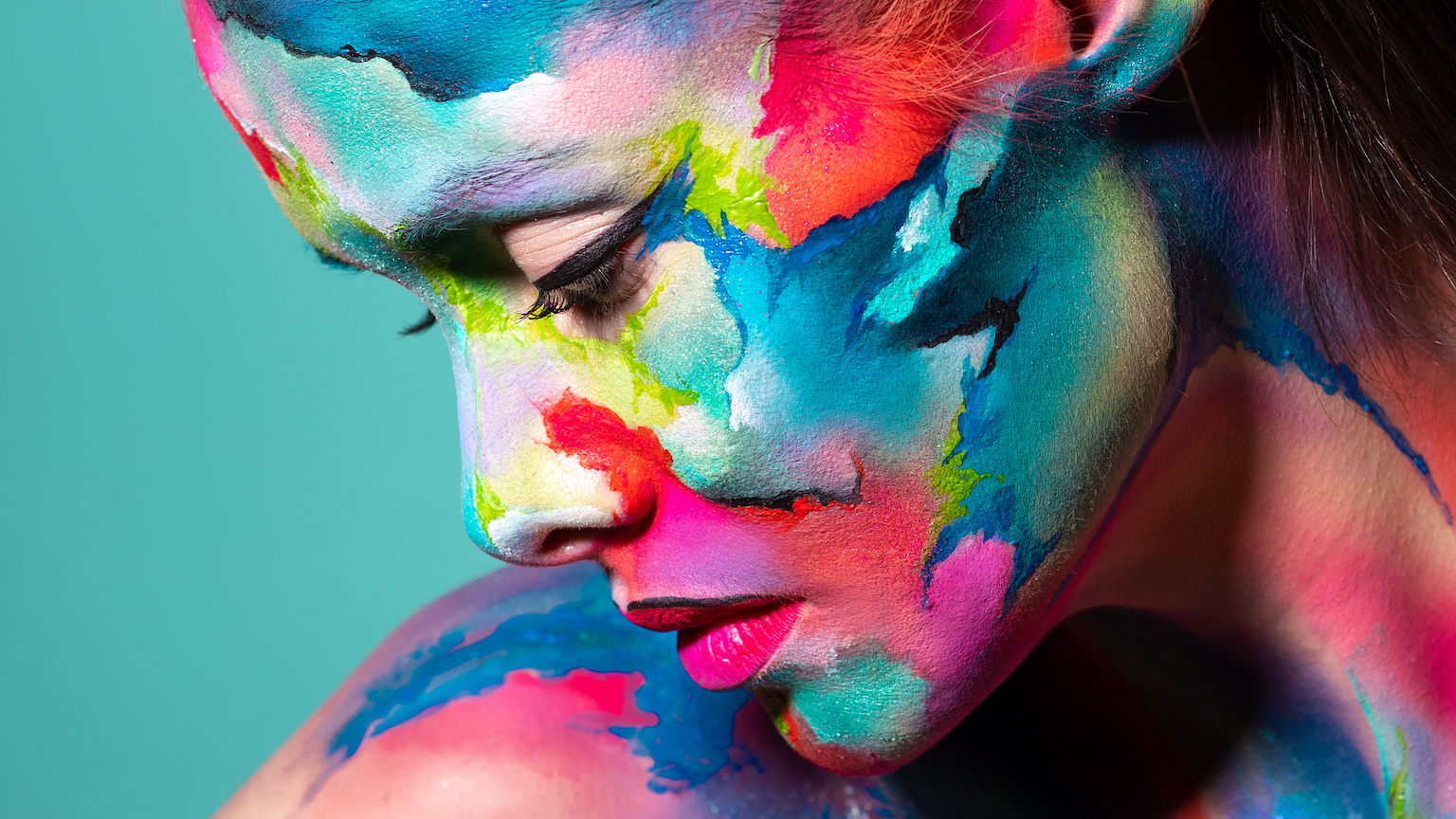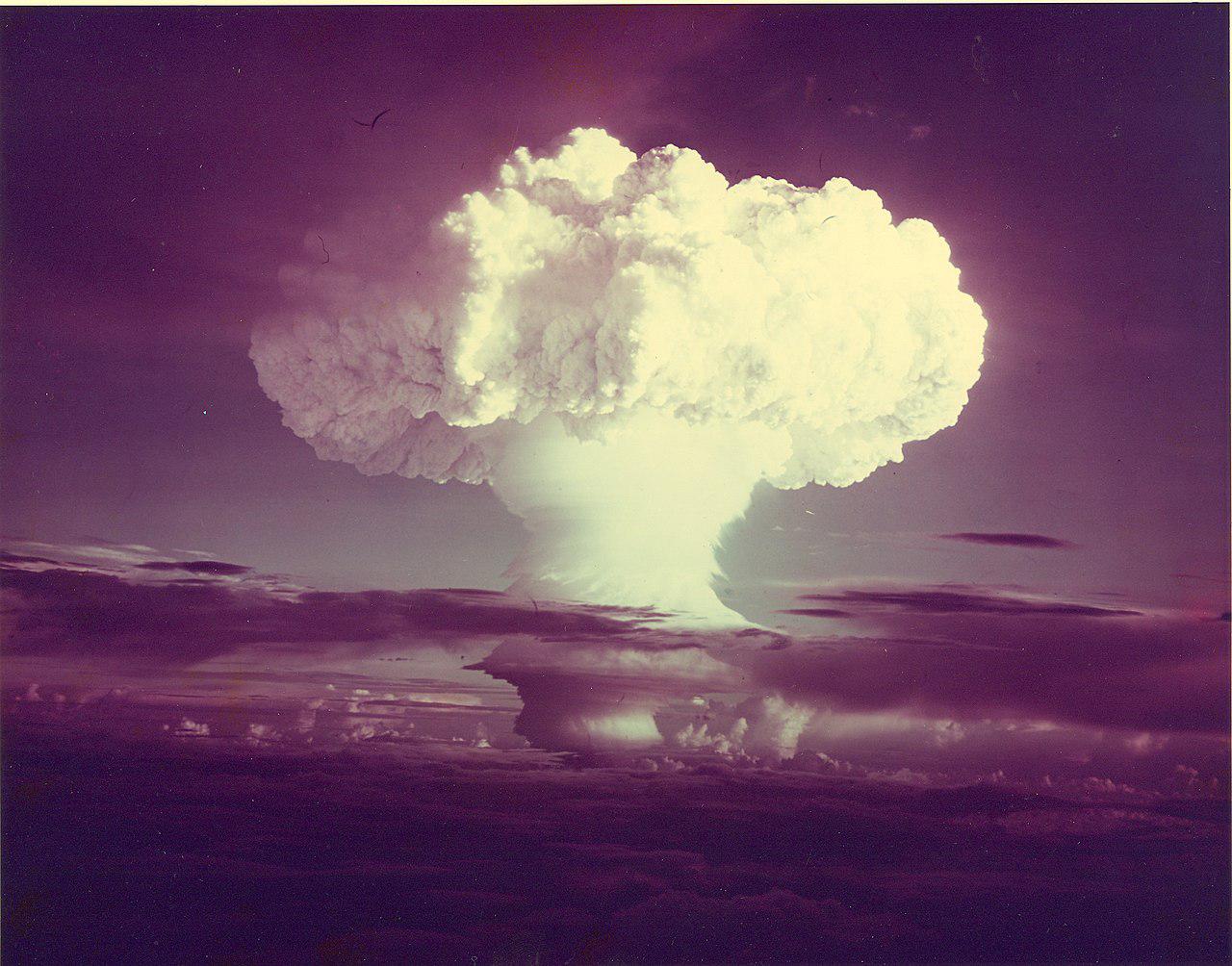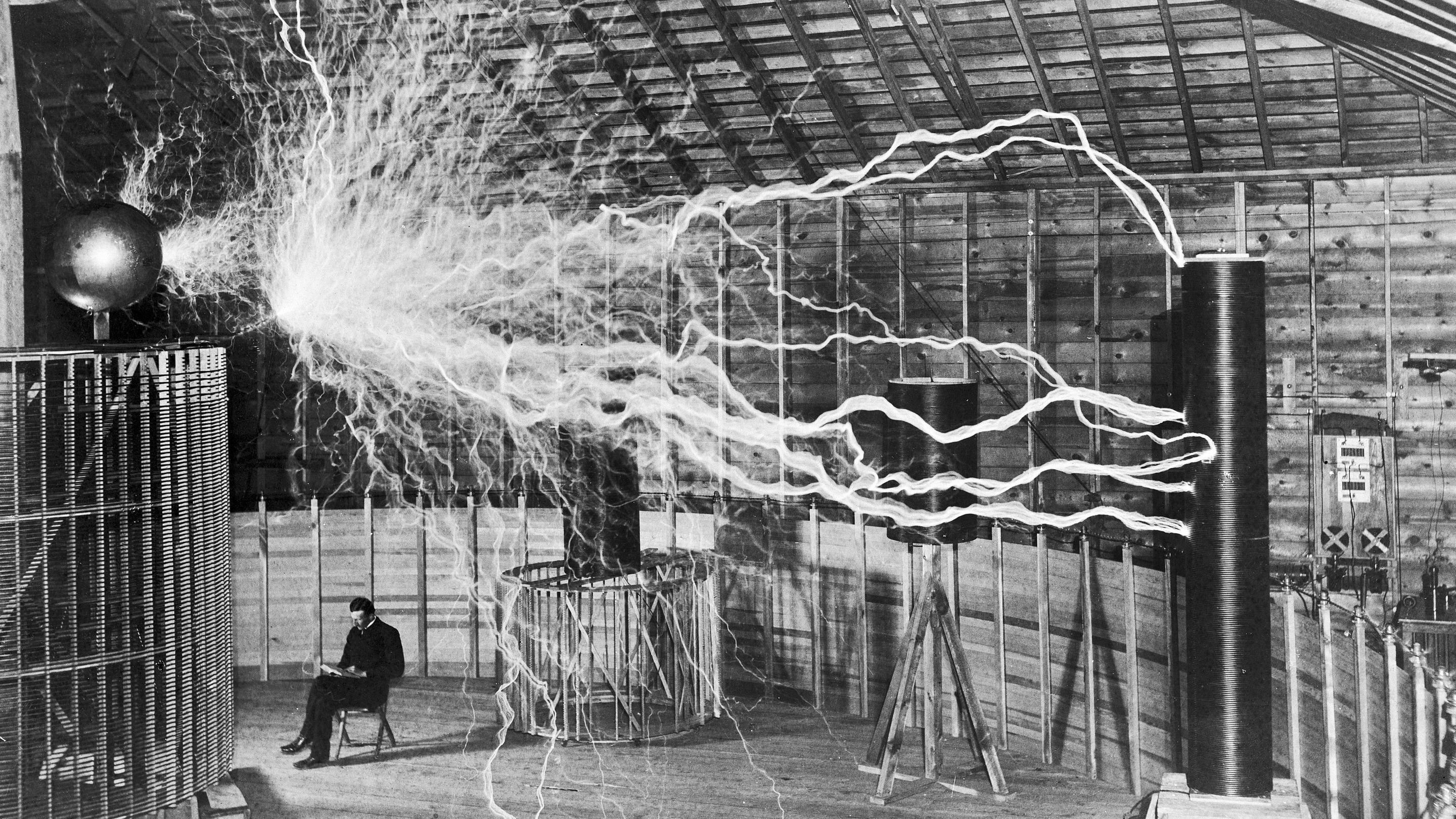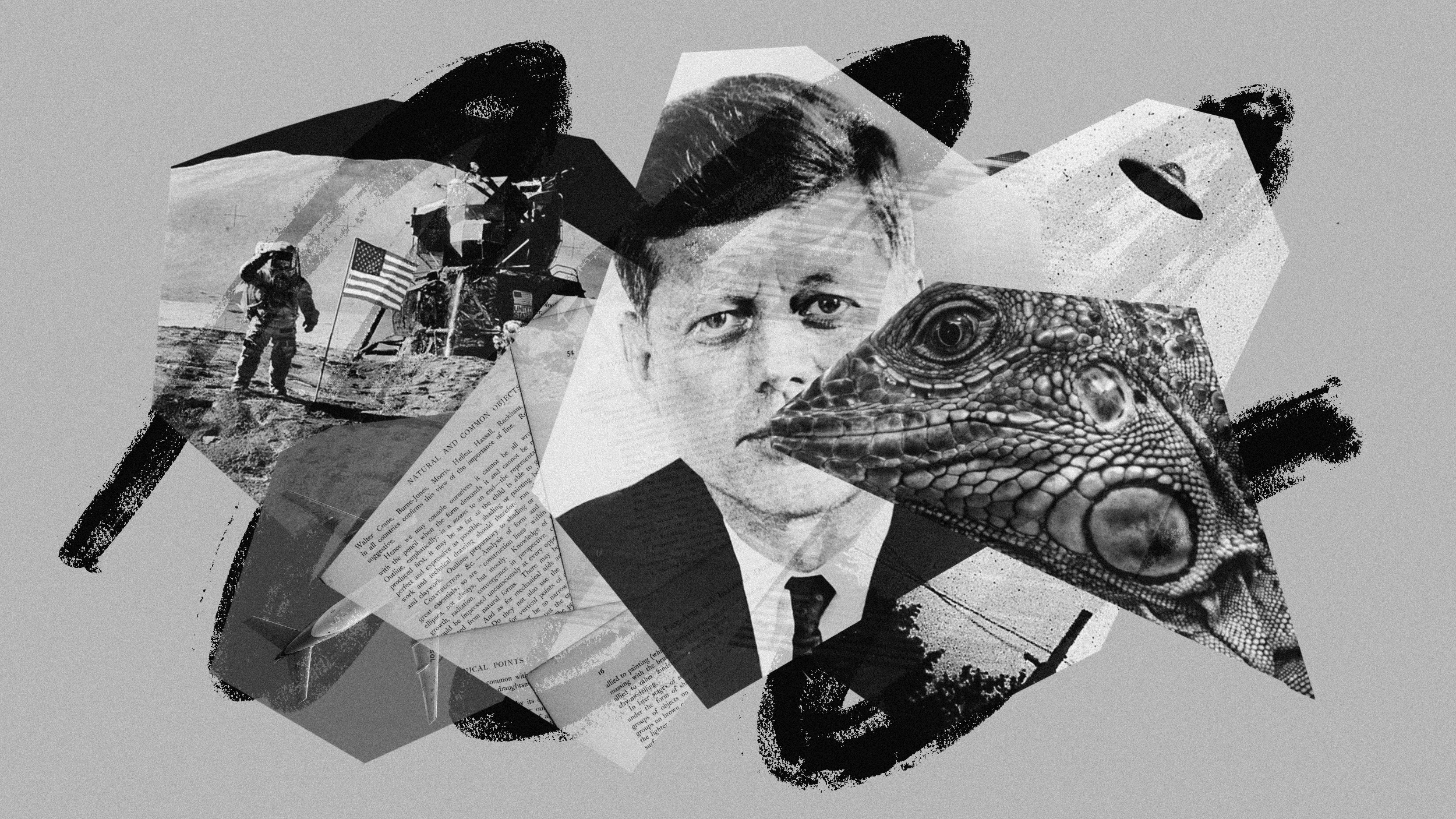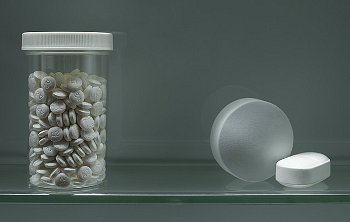Hello, Norma Jean: The Lost LOOK Photos of Marilyn Monroe

Any list of the most photographed people in history certainly has to include Marilyn Monroe. Just when you think we’ve seen every possible image of the iconic starlet, a new trove appears out of nowhere. Marilyn, August 1953: The Lost LOOK Photos by John Vachon, featuring photography by John Vachon and text by Brian Wallis, doesn’t just add to the mountain of Marilyn pictures, but provides a new perspective on both the actress and the mythos of Marilyn behind which the heart and mind of Norma Jean Mortensen hid. Both a book of photography and a book about photography and fame, Marilyn, August 1953 allows us to the star as collaborator in the star-making rather than the passive victim of “Candle in the Wind” fame.
Vachon never intended to become a part of the Hollywood publicity machine. In the middle of the Great Depression, Vachon went to work as a photographer with the Farm Security Administration, joining the ranks of great documentary photographers such as Walker Evans, Dorothea Lange, Arthur Rothstein, Ben Shahn, and Gordon Parks. Wallis places Vachon in the “second generation” of FSA photographers who focused less on the Dust Bowl poverty and more on urban conditions and the lead up to the Second World War. Seen in this context, Wallis believes, “Vachon emerges as an extremely complex and compelling artist, undeservedly overlooked… produc[ing] pictures that, in their own quiet way, were as intense and moving” as any of the more famous photos of Evans or Lange.
And, yet, in 1947, Vachon signed on as a staff photographer with LOOK, a position he would hold until the magazine’s demise in 1971. Usually working in tandem with a writer, Vachon covered over 450 stories during that time, often putting his documentary eye to good use, but also often wasting his talents on publicity-driven dreck such as “Hollywood Comes to Canada,” the assignment that set him on a collision course with Marilyn Monroe. When three different movies featuring an array of Hollywood stars were filming in Canada simultaneously, LOOK wanted to cover the invasion and, more importantly, the film studios wanted them there.
Stuck in the chronological middle of her film career and still hopelessly chained to a contract player’s lowball salary, Monroe found herself filming River of No Return with costar Robert Mitchum under the direction of Otto Preminger. Fresh off of the success of Gentlemen Prefer Blondes earlier that year, Marilyn chafed at making less money than her less-famous costars and directed most of her attention and energy to new boyfriend Joe DiMaggio, the just-retired baseball hall of famer. When River of No Return debuted, Monroe called it her worst picture, “A Grade Z cowboy movie in which the acting finished second to the scenery and the CinemaScope process.” When Marilyn sprained her ankle during filming, she insisted on a cast and refused to work for a week—pouting over her exploitation more than hobbling in pain. Into that sad scene walked John Vachon with his camera.
Although Marilyn wasn’t on set, Vachon hoped to salvage some Canadian-related scenes. When DiMaggio rushed to Marilyn’s side to help her deal with her depression, Vachon seized the opportunity to talk the pair into posing together—the first time they had posed together and one of the few times ever the famous couple, who would wed just a year later, ever posed formally for a photographer. When the Yankee Clipper left, Vachon found himself with exclusive access to the Blonde bombshell. The results of that photo shoot reveal as much about Vachon’s technique as they do about Monroe’s protean gifts as a model. “The sequence of pictures shows Monroe’s uncanny ability to subtly change moods while posing for the camera,” Willis writes, “and, at the same time, they show Vachon’s skill at using existing props and available light to establish a variety of portrait formats.” Suddenly, the unexciting assignment of Hollywood propaganda became the artistic opportunity of a lifetime for Vachon.
Willis remarks on Monroe’s “stagy performance of threatened innocence” that Cindy Sherman and Madonna, most notably, mimicked years later. In fact, many of Vachon’s photos seem like precursors of Sherman’s famous “film noir” stills, yet Sherman, like the rest of us, couldn’t have possibly seen them until now. In Vachon’s photographs, Monroe the collaborator in her own image-making emerges. In a later photo opportunity, Vachon caught Monroe toying with a Rolleiflex camera herself, an apt representation of the star as equal partner in the photographic process.
Even when Vachon found himself forced to stick to the goal of the assignment—Hollywood in Canada—the combined talents of the photographer and model transcended the stock imagery. Monroe posed with mountains, bearskin rugs, and even Canadian Mounties to establish the north of the border scene. Yet, even when she posed with a stuffed grizzly bear (shown above), Monroe managed to achieve that “threatened innocence” Willis praises and makes even the stagiest photo seem interesting. Marilyn becomes a grown-up Goldilocks in this photo sensing Papa Bear’s hot breath on her nape. In the fairy tale world of Hollywood glamour, Monroe knew both the dangers and rewards first hand, yet still could mock the system with a single look as much as with a sprained ankle. Part of that mockery came in just how far the boundaries of reality stretched in these photos. Despite her injury, LOOK and the film producers requested a shot of Marilyn poolside in a two-piece bathing suit. Monroe and Vachon obliged with a shot of her standing on crutches near the edge of the pool, mountains in the background, her right foot clad in high heels, and her injured left foot pointed longingly at the water as she set her mouth into a pose of disappointment. “The implication,” Willis notes, “seemed to be: the more unreal, the better.” In a later shot taken by someone else on that same day, Vachon and Monroe posed together, but with Vachon using the crutches. The two artists both understood the game they had to play, and both enjoyed the joke they were playing on the game itself.
“In these pictures [Monroe] is playful, sexy, moody, demure, intimate, reserved, brash, and fragile,” Willis observes, and “are remarkably revealing of Monroe and her emotions at a particularly crucial and vulnerable time in her life” as she stood poised to break away from the studio system and escape into the arms of her baseball hero. Marilyn, August 1953: The Lost LOOK Photos by John Vachon gives us the many sides of Marilyn, most of which we’ve seen in some form, but more importantly shows her as a conscious accomplice in her iconography. Vachon’s talents arrived at the right place and at the right time in Monroe’s life to capitalize on her abilities as a muse. Alas, the most remarkable photos from this happy accident went unused in the actual feature published by LOOK in favor of the more conventional publicity shots. It was as if the public wasn’t ready for a thinking Marilyn. Fortunately, Vachon’s unerring eye as illustrated in this book allows us to say hello to this Marilyn we’ve never met before and who merits a long, thoughtful look.
[Image: © The Estate of John Vachon. Dover Publications, Inc.]
[Many thanks to Dover Publications for providing me with a review copy of Marilyn, August 1953: The Lost LOOK Photos by John Vachon, featuring photography by John Vachon and text by Brian Wallis.]
